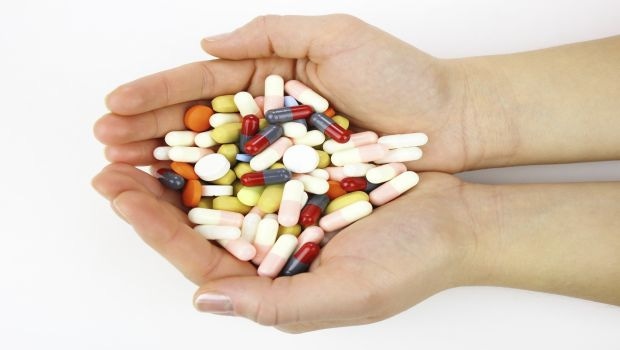Ingredient suppliers play a large role in helping finished supplement brands meet GMP regulations.

While FDA is clear that GMP (good manufacturing practice) requirements for dietary supplements need to be ensured by the finished product brand, ingredient suppliers play a large role in helping brands meet the regulations, starting with certificates of analysis (CoAs).
CoAs are the documentation that provides the specifications of an ingredient or finished product. This includes a variety of elements, from product form (liquid, powder), to color and particle size, to more chemical-related content such as ash, loss on drying, etc. Per the GMP regulations, the raw material CoA provided by the supplier is supposed to be verified by the manufacturer, unless the manufacturer has done a variety of things that allows them to not have to do so. This verification is done via testing using one or more scientifically valid methods.
There seems to be a significant disconnect with regard to verifying the identity of botanical ingredients as well as testing to demonstrate product specifications have been met. In the CoA, supplier may include the test method used to confirm the presence of the standardized constituent, but fail to provide details on how a test for the overall identity was (or may be) conducted beyond the physical characteristics, microbiology and heavy metals (the former which isn’t often enough to verify identity, and the latter two of which say nothing about identity). In more rare cases, there is a method for ID listed on the raw materials suppliers CoA (HPTLC, for example), but the manufacturer isn’t using it/performing that test and so isn’t listing it on their finished product COA.
So, what do you suspect a FDA auditor is going to do during an inspection when they see on the suppliers CoA that a particular ingredient is being tested via “X" and the manufacturer is doing “Y" – or worse, nothing at all? The inspector should be asking the simplest question of all: “Why or why not? And show me how and why [whatever you are doing, if anything] is valid for verifying the identity of that ingredient."
Working with ingredient suppliers to provide documentation/create specifications/methods of analysis may not be all that difficult of a process. Part of a simple solution could be to require suppliers to provide a verified voucher specimen and signed affidavit with every lot of material. The recipient maintains documentation of the provided sample (including photograph, comparison to a viable reference manual for visual confirmation, etc.) grinds up the sample, analyzes it using the same technology that will be used for other materials, and if everything lines up, viola—reference standard.
Of course, the supplier would also have to have ample compliance and documentation in place and be willing to provide it—traceability to the farm/row/etc. in which the material was gathered, how it was identified at the ground level, processed once harvested, etc.
Devon Powell was formerly the chief operations officer at the American Herbal Products Association and executive director at the International Aloe Science Council. He is currently a consultant to the dietary supplement industry, assisting manufacturers and brand marketers with regulatory initiatives including GMP compliance, QA, QC, auditing, and related elements. He can be reached at [email protected].
About the Author(s)
You May Also Like




.png?width=800&auto=webp&quality=80&disable=upscale)